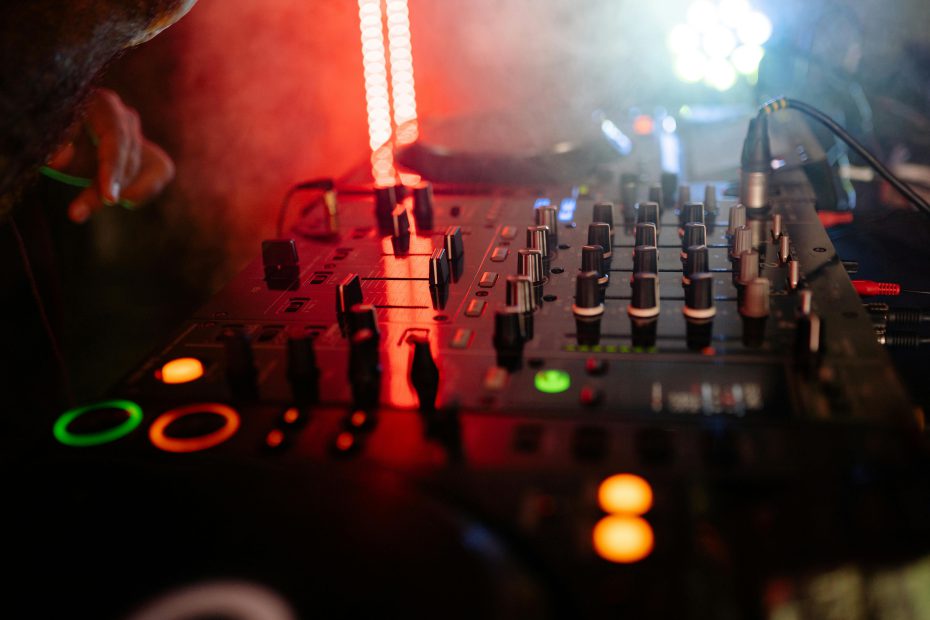In the world of analog audio design, the PA system plays a vital role in delivering high-fidelity sound with clarity and power. For engineers and enthusiasts aiming to refine tube-based amplification stages within a PA system, cascode designs have long been a favorite for their low noise and wide bandwidth. But what if you used two different triodes in your cascode? This experimental yet effective configuration offers unique sonic characteristics and opens up creative possibilities in signal amplification for PA system circuits.
Whether you’re designing a custom mic preamp, line amplifier, or direct input stage, understanding the theory and practical implications of a mixed-triode cascode design can significantly influence the tonal profile and performance of your PA system.

Understanding Cascode Design in the Context of a PA System
Cascode amplifiers are used in audio circuitry for their ability to minimize Miller capacitance and deliver high gain without sacrificing stability. In a PA system, where multiple gain stages can introduce noise or distortion, cascode configurations help maintain signal integrity over long cable runs or in high-SPL environments.
Basic Structure of a Cascode Amplifier
Traditionally, a cascode is composed of two triodes: the bottom triode amplifies the signal in common cathode mode, and the upper triode acts as a common grid stage to buffer and isolate the output. The result is improved frequency response, linearity, and noise performance—all critical for PA system components.
Why Use Two Different Triodes?
Most cascodes use matched triodes like a dual 12AX7 or 6SN7. However, combining a low-noise triode (like 6N1P) on the bottom with a high-gain triode (like 12AX7 or 6SL7) on top can provide tonal coloration with lower input noise—an advantage when miking delicate sources in a PA system.
Triode Pairing Strategies for Optimal PA System Performance
Selecting the right triode pair isn’t random. It requires an understanding of the electrical characteristics of each triode and how they interact in the signal path of your PA system.
Example Pairing 1 – 6N2P (Bottom) and 12AX7 (Top)
This pairing works well for microphone preamps in a PA system. The 6N2P offers lower input capacitance and good linearity, while the 12AX7 provides sufficient gain with rich harmonic texture in the upper half of the cascode.
Example Pairing 2 – ECC82 (Bottom) and ECC83 (Top)
The ECC82 (12AU7) has lower gain and higher headroom, making it great for clean amplification. Pairing it with a higher gain ECC83 on top allows you to shape the signal with vintage-like warmth—perfect for vocals and instruments in live PA system environments.
Choosing Triodes Based on Tonal Goals
If your PA system needs tight bass and detailed highs, go for a combination with high transconductance and low plate resistance. If you want vintage bloom and midrange thickness, select triodes known for color, like the 6SL7 or even oddball types like the 6J5.
Designing a Mixed-Triode Cascode Stage for PA System Integration
Creating a functioning circuit isn’t just about tube selection—it’s about tailoring the architecture to the needs of a real-world PA system. From input impedance to output drive capability, each aspect affects how the design performs in a live or studio environment.
Plate Voltage and Bias Considerations
When using dissimilar triodes, you must account for their optimal operating points. This might mean split rail power supplies or custom cathode biasing. Ensure each triode is operating within its linear region to avoid distortion in your PA system’s mix.
Load Lines and Headroom
Draw load lines for both triodes to predict how they’ll behave under different signal conditions. Cascode designs inherently improve headroom, but mismatched tubes can sometimes introduce asymmetrical clipping. Tailor the load to your PA system’s dynamic needs.
Output Coupling and Impedance Matching
The cascode output often feeds into a tone stack, a phase inverter, or directly into a line driver. Match the output impedance to the following stage in your PA system to preserve signal clarity and avoid frequency roll-off.
Practical Applications of Mixed-Triode Cascode in PA System Circuits
Using two different triodes in a cascode circuit isn’t just theoretical—it’s being used in real-world PA system builds and mods by boutique amp builders and audio techs.
Custom Microphone Preamps
A mixed-triode cascode can yield an ultra-low-noise input stage with a signature tone. It’s especially valuable for ribbon and condenser mics used in PA systems for vocals, strings, and overheads.
Instrument DI Boxes
Running a DI signal through a cascode can preserve high-frequency detail and dynamic punch. Using a low-noise triode for the input and a rich-sounding triode for the output colors the tone in a musically pleasing way before hitting the PA system.
Line Drivers for Long Cable Runs
Cascode stages with different triodes can also act as custom line amplifiers to push signals across long cables in larger venues, minimizing loss and interference.
Potential Pitfalls and How to Avoid Them in PA System Applications
As promising as this design is, there are practical challenges when integrating a mixed-triode cascode into a PA system.
Tube Matching and Variability
No two triodes are the same, and different brands or vintages can change performance drastically. Use a tube tester or measure current draw and gain to match tubes manually for consistency in your PA system.
Power Supply Noise
Cascode stages are highly sensitive to power supply ripple and noise. Use well-filtered B+ rails and consider regulated DC for filaments if you’re using the cascode in a low-level front-end for a PA system.
Microphonics
Some triodes are more microphonic than others—this is particularly risky when used in high-gain applications like PA system microphone inputs. Dampening tube sockets or choosing lower-microphonic tubes can mitigate this issue.
Cascode Design Using Different Triodes in a PA System
Exploring the use of two different triodes in a cascode design is a creative and rewarding process. It allows designers and audio engineers to tailor both sonic signature and electrical performance for their unique PA system needs. Whether you’re building a one-off mic preamp, tweaking a boutique guitar amp, or adding analog flavor to a digital rig, the mixed-triode cascode brings flexibility and tone shaping not possible with traditional matched-tube designs.
For audiophiles and techs chasing tone and performance, this design approach lets you push the boundaries of classic analog design into modern PA system workflows.
